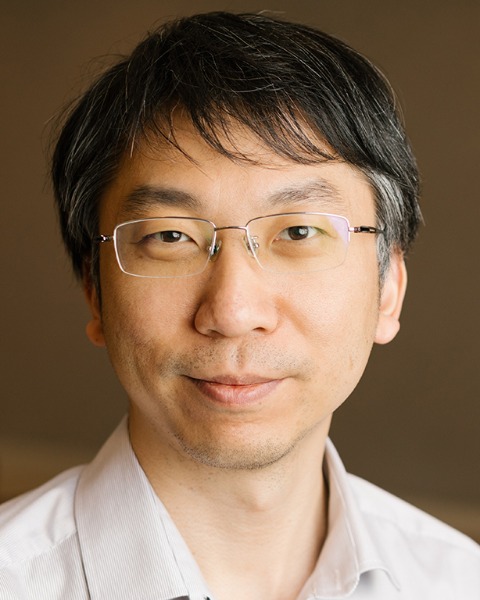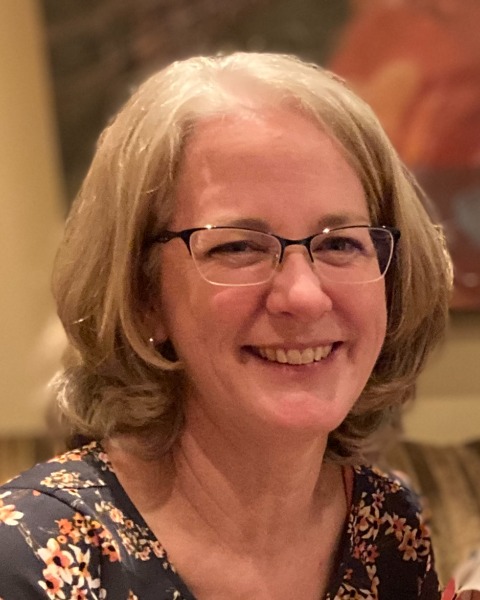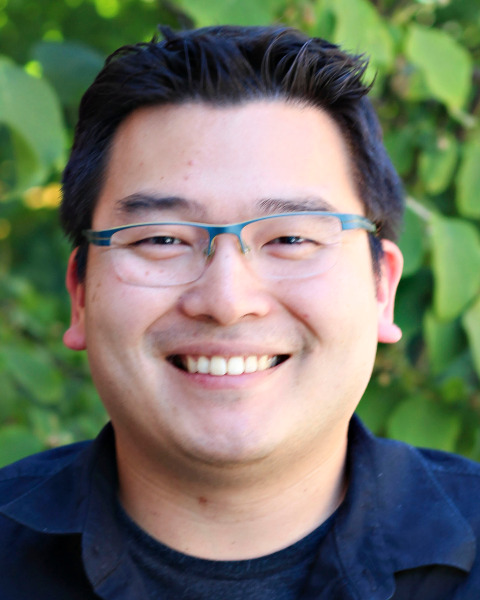Academic Education (AE)
PP204 - Exploring the Educational Requirements for Paraprofessionals in Audiology

Yi Shen, PhD (he/him/his)
Associate Professor
University of Washington
University of Washington, WashingtonFinancial Disclosures: I do not have any relevant financial relationships with anything to disclose.
Non-Financial Disclosures: I do not have any relevant non-financial relationships with anything to disclose.
Susan J. Anderson, AuD (she/her/hers)
Lecturer
University of Washington
University of Washington
Seattle, WashingtonFinancial Disclosures: I do not have any relevant financial relationships with anything to disclose.
Non-Financial Disclosures: I do not have any relevant non-financial relationships with anything to disclose.
Adrian KC Lee, ScD
Professor and Chair
University of Washington
University of WashingtonFinancial Disclosures: I do not have any relevant financial relationships with anything to disclose.
Non-Financial Disclosures: I do not have any relevant non-financial relationships with anything to disclose.
Lead Presenter(s)
Presenter(s)
Despite its potential in facilitating the efficiency and profitability of audiology clinics, the adaptation of paraprofessionals (such as audiology assistants) is often hampered by the resources needed for on-the-job training. The educational requirements for paraprofessionals were surveyed to specify a programmatic curriculum that would generate hearing healthcare workers who can work efficiently with supervising audiologists and require minimal ad hoc training from their employers. Various delivery models (in-person, online, and hybrid) for such a training program were also investigated in terms of their affordability and accessibility to encourage diversity and inclusion for underrepresented populations.
Summary:
Rationale/
Purpose: Introducing paraprofessionals, such as audiology assistants and audiometrists, into practice may improve the efficiency and profitability of individual audiology clinics. However, since the educational requirements for these hearing healthcare workers varies widely across training programs, extensive on-the-job training by the supervising audiologists is often required, which may have dampened the enthusiasm of employing paraprofessionals in some busy and/or resource-constrained clinics.
Methods: The educational requirements for paraprofessionals were surveyed to specify a programmatic curriculum that would generate hearing healthcare workers who require minimal ad hoc training from their employers and can work efficiently with supervising audiologists.
Results/
Conclusions: Specific focal areas of training were identified, including (1) foundational knowledge in acoustics and hearing science, (2) assistance to diagnostic testing, (3) business operations in audiology and legal/ethical responsibilities, and (4) hearing technologies. Various delivery models (in-person, online, and hybrid) for such a training program were also investigated in terms of their affordability and their accessibility for under-represented student populations.
Learning Objectives:
- Upon completion, participants will be able to explain the benefits and challenges of including paraprofessionals in clinical operations.
